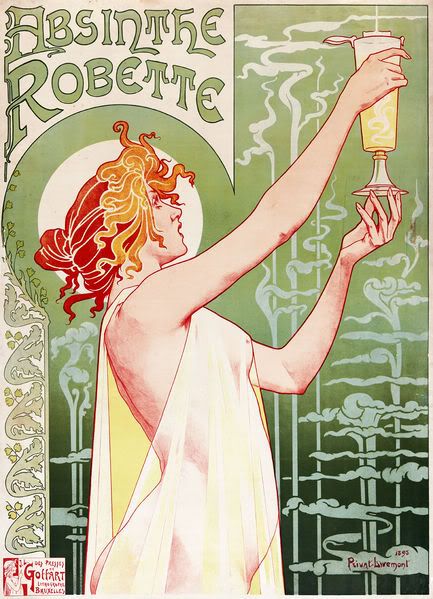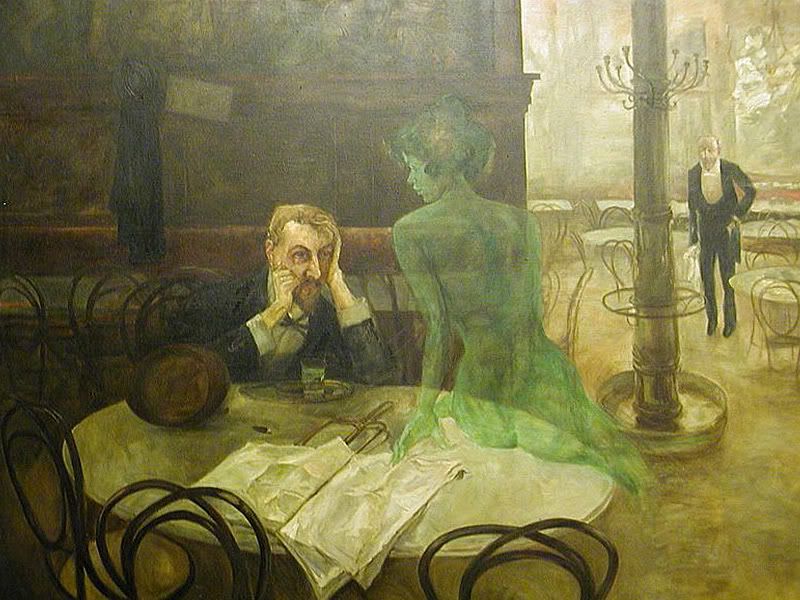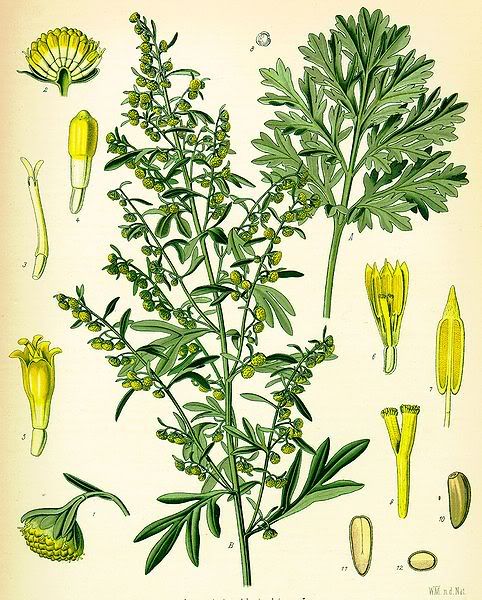Absinthe is an anise-flavored spirit and is usually green in color but can also be clear or milky. In literature, absinthe is commonly referred to as le fee verte, the green fairy. Absinthe contains the chemical thujone and was banned in many countries because it was thought to contain an addictive psychoactive drug, but there is no evidence that absinthe is more harmful than any other spirit.

Absinthe was traditionally poured over a sugar cube, as seen here.
Absinthe has been around since the mid-1500s but reached its popularity in the 1840s when it was given to French troops as a malaria treatment. Absinthe then became popular in bars and cabarets, and by the 1860s, 5 p.m. in Paris was called l'heure verte, the green hour. Mass production caused the price of absinthe to drop and the French were drinking 36 million litres of absinthe a year by 1910. Absinthe also enjoyed popularity in Spain, the Czech Republic, and New Orleans. The Old Absinthe House on Bourbon Street was frequented by Mark Twain, Oscar Wilde, Franklin Roosevelt, and Frank Sinatra. Absinthe was banned in many countries due to its high alcoholic content and supposed hallucinogenic effects, but one can purchase it in the States today, as the ban on absinthe was lifted in 2007.
Absinthe was traditionally poured over a sugar cube, as seen here.

Poster by Henri Privat-Livemont, 1896.

The Absinthe Drinker, by Viktor Oliva (1861-1928)

No comments:
Post a Comment